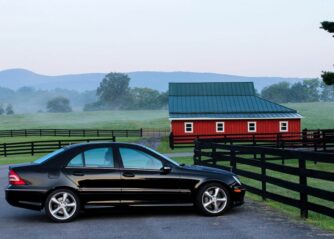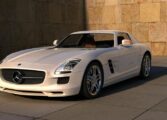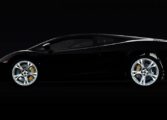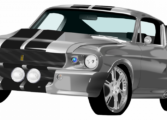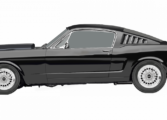VW T1 The Iconic Volkswagen Transporter
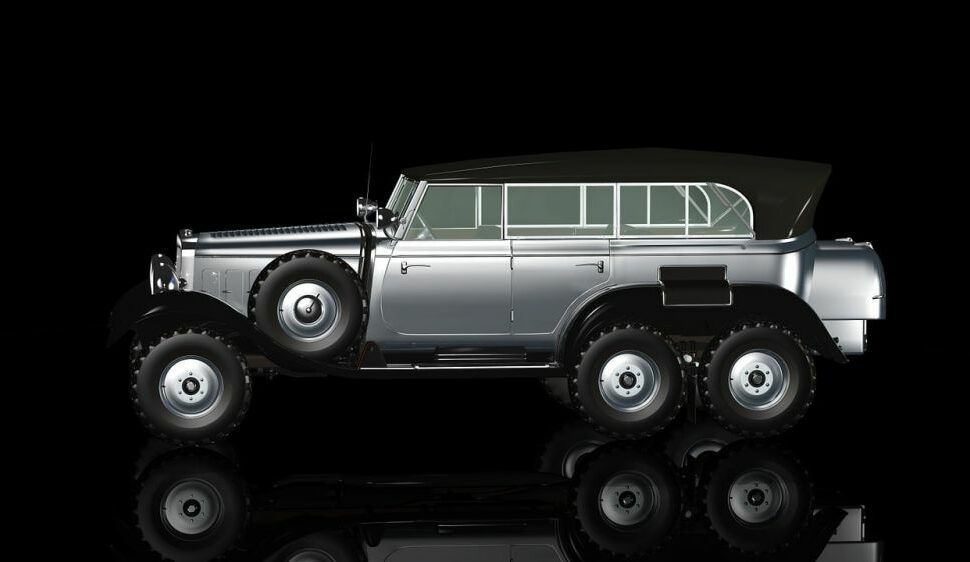
Introduction:
The Volkswagen Type 2, commonly known as the VW T1, holds a special place in the hearts of car enthusiasts and owners alike. This legendary vehicle, produced by German automaker Volkswagen, was first introduced in 1950 and quickly gained popularity due to its unique design and versatility. In this article, we will delve into the rich history of the VW T1, exploring its development over time and providing essential information for those interested in this fascinating vehicle.
The Evolution of the VW T1:

The VW T1 was conceptualized as a practical and affordable commercial vehicle, meeting the demand for a post-World War II utility transport. Its distinctive design, with its rounded shape and split windshield, soon became an enduring symbol of the 1960s counterculture movement and laid the foundation for subsequent generations of Volkswagen Transporters.
1950s The Birth of an Icon:
The first-generation VW T1, also known as the “Splittie” due to its split windshield, was manufactured from 1950 to 1967. It featured a rear-engine, rear-wheel-drive layout, making it a robust and reliable workhorse. The T1 was initially available in a range of body styles, including panel vans, pick-ups, and minibusses, catering to various commercial needs.
1960s The Pop Culture Icon:
As the 1960s rolled in, the VW T1 became synonymous with the counterculture movement, representing freedom, adventure, and a break from traditional norms. Its association with peace, love, and music during the hippie era solidified the T1’s status as an icon. It featured prominently in popular culture, surf movies, and music festivals, further boosting its popularity.
1970s The Bay Window Era:
In 1967, the second-generation VW T1, often referred to as the “Bay Window,” was introduced. This iteration featured a larger windshield that curved around the corners of the vehicle, providing improved visibility. The Bay Window T1 was produced from 1968 to 1979 and continued to offer a variety of body styles, including camper vans, which gained a loyal following among adventure seekers.
1980s The End of an Era:
By the late 1970s, the VW T1 began to face increasing competition from other manufacturers, leading Volkswagen to introduce the T2 and subsequently the T3 models. The T2, often called the “Late Bay,” was produced from 1979 to 1992 and marked the end of the iconic T1 era. While the T2 and T3 models were popular in their own right, they lacked the timeless charm and cultural significance of the T1.
The Legacy of the VW T1:
Despite the discontinuation of T1 production, the vehicle has left an indelible mark on automotive history. Its unforgettable design, pioneering engineering, and cultural impact have made it a highly sought-after classic. Restored T1s continue to command attention at car shows and auctions worldwide, with enthusiasts eager to own a piece of nostalgia. Several T1 enthusiast clubs have formed, celebrating the heritage and passion for these unique vehicles.
In conclusion, the VW T1 remains an iconic symbol of automotive history, capturing the imagination of car enthusiasts and nostalgia seekers alike. Its timeless design, versatility, and association with cultural movements have cemented its place as a true classic. Whether you are a car owner, collector, or simply appreciate the beauty and significance of automotive icons, the VW T1 continues to inspire and captivate. So, hop on board the VW T1 time machine and experience the nostalgia of a bygone era.
Sources:
– “The Volkswagen Type 2: A Comprehensive Guide to the VW Bay Window Bus” by David Eccles
– “Volkswagen Type 2: 1949-1967” by Bobbitt, Malcolm
– “Volkswagen Transporter: The First 60 Years” by Richard Copping

